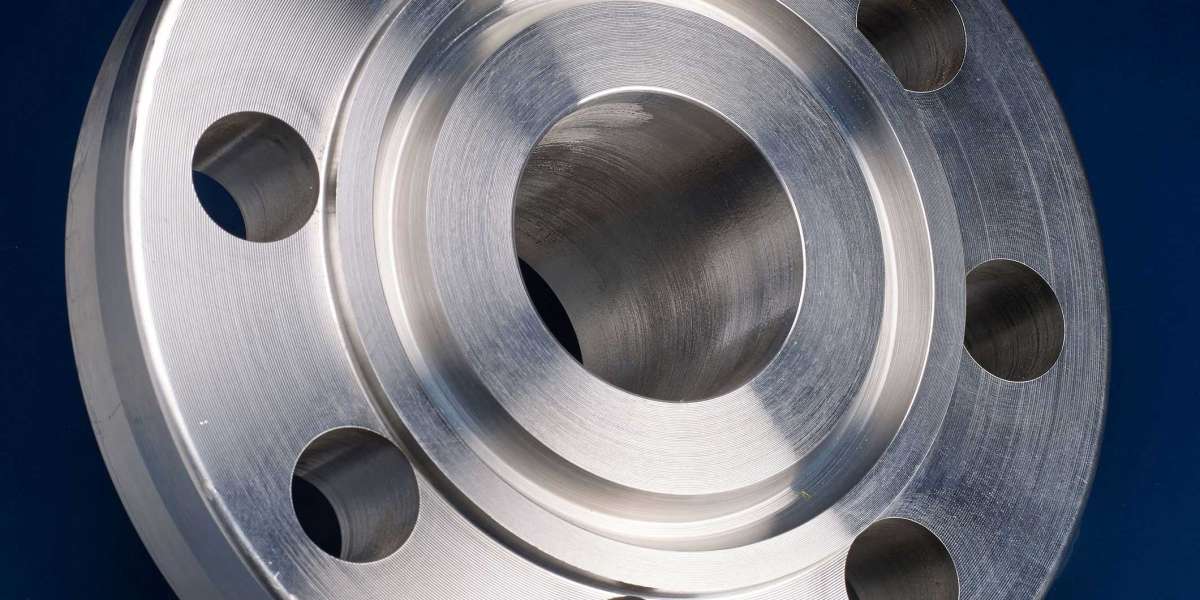A puddle flange is a crucial component in plumbing and civil construction that ensures a leak-proof seal where pipes pass through concrete structures. It provides a secure method to prevent water ingress at pipe entry points, especially in below-ground and high-moisture environments.
In this blog, we’ll cover everything you need to know about puddle flanges—what they are, their types, benefits, materials used, and how to install them.
What is a Puddle Flange?
A puddle flange is a ring-like fitting that is installed around pipes where they pass through concrete walls, floors, or tanks. It acts as a barrier against water penetration, making it a waterproof flange that’s widely used in underground structures, water tanks, basements, manholes, and retaining walls.
It is either cast into the concrete or mechanically sealed during construction to form a waterproof seal.
Why is a Puddle Flange Important?
Water ingress in concrete structures can cause corrosion, dampness, and even structural failure over time. Pipes passing through concrete are potential leakage points. A puddle flange prevents water from tracking along the outside of the pipe into the building or structure.
Applications of Puddle Flange
Puddle flanges are used in a wide range of construction and piping projects, including:
Water and sewage treatment plants
Tunnels and subways
Underground parking structures
Basements and lift pits
Swimming pools
Concrete tanks and reservoirs
Industrial plants and power stations
Materials Used in Puddle Flanges
Puddle flanges come in different materials to suit varied environmental and chemical conditions. The most commonly used materials include:
1. Stainless Steel
Highly corrosion-resistant
Ideal for aggressive water environments
Commonly used grades: SS 304, SS 316
2. Mild Steel (MS)
Cost-effective
Suitable for less aggressive environments
Often used with a protective coating
3. PVC and HDPE
Lightweight and resistant to corrosion
Ideal for plastic pipe systems and non-metallic pipelines
4. Rubber and EPDM Coated
Offer additional waterproof sealing
Used in flexible piping systems
Benefits of Using Puddle Flanges
Using a puddle flange comes with a host of advantages, particularly in maintaining structural integrity and preventing leaks:
1. Leak Protection
It acts as a barrier to stop water from seeping along the pipe’s surface.
2. Durability
Made from corrosion-resistant materials that ensure a long service life.
3. Easy Installation
Simple design allows fast and efficient installation during construction.
4. Versatile Use
Available in various materials and sizes to suit different types of pipes and structures.
5. Cost-Effective
Prevents expensive damage caused by water leaks and seepage.
Types of Puddle Flanges
Puddle flanges are available in several types based on design, material, and sealing needs:
Flat Face Puddle Flange
Simple design
Used with flat-faced pipes
Raised Face Puddle Flange
Offers additional pressure sealing
Used in high-pressure environments
Coated Puddle Flange
Features rubber or polymer coating
Enhances waterproofing ability
Split Puddle Flange
Comes in two halves
Ideal for retrofitting around existing pipelines
Installation of Puddle Flange
Installing a puddle flange correctly ensures that it performs its waterproofing function efficiently. Here's a step-by-step process:
Step 1: Choose the Right Flange
Select a puddle flange compatible with the pipe size and material.
Step 2: Mark the Pipe Location
Mark the position where the pipe will pass through the concrete slab or wall.
Step 3: Fit the Flange to the Pipe
Slide or clamp the puddle flange onto the pipe and fix it securely. Make sure it is positioned where the concrete will encapsulate it.
Step 4: Seal Properly
Apply waterproof sealant or gaskets if required, depending on the flange design.
Step 5: Pour Concrete
Once the flange is in place, pour the concrete around it. Ensure no gaps exist between the flange and the concrete.
Step 6: Inspect and Test
After the concrete sets, check for gaps or leaks. Pressure testing can be performed to ensure proper sealing.
Things to Consider When Buying Puddle Flanges
When choosing a puddle flange supplier, keep the following factors in mind:
Material compatibility with your pipe and environment
Size and pressure rating
Corrosion resistance
Manufacturer’s standards (ASTM, EN, etc.)
Delivery timelines and support
Puddle Flange Manufacturer and Supplier in India
India is home to several reputed puddle flange manufacturers and exporters offering high-quality products for industrial and civil construction needs. Leading suppliers ensure:
ISO-certified production
Custom sizes and finishes
Bulk supply with timely delivery
Affordable pricing with technical support
Whether you're working on a water treatment plant, a drainage system, or an industrial basement, choosing a reliable puddle flange supplier in India ensures product quality and project success.
Conclusion
A puddle flange is an essential part of modern plumbing and civil infrastructure. It ensures leak-proof piping, protects concrete structures from moisture damage, and increases durability. From underground tanks to industrial basements, puddle flanges serve a critical role in maintaining structural integrity and environmental safety.






